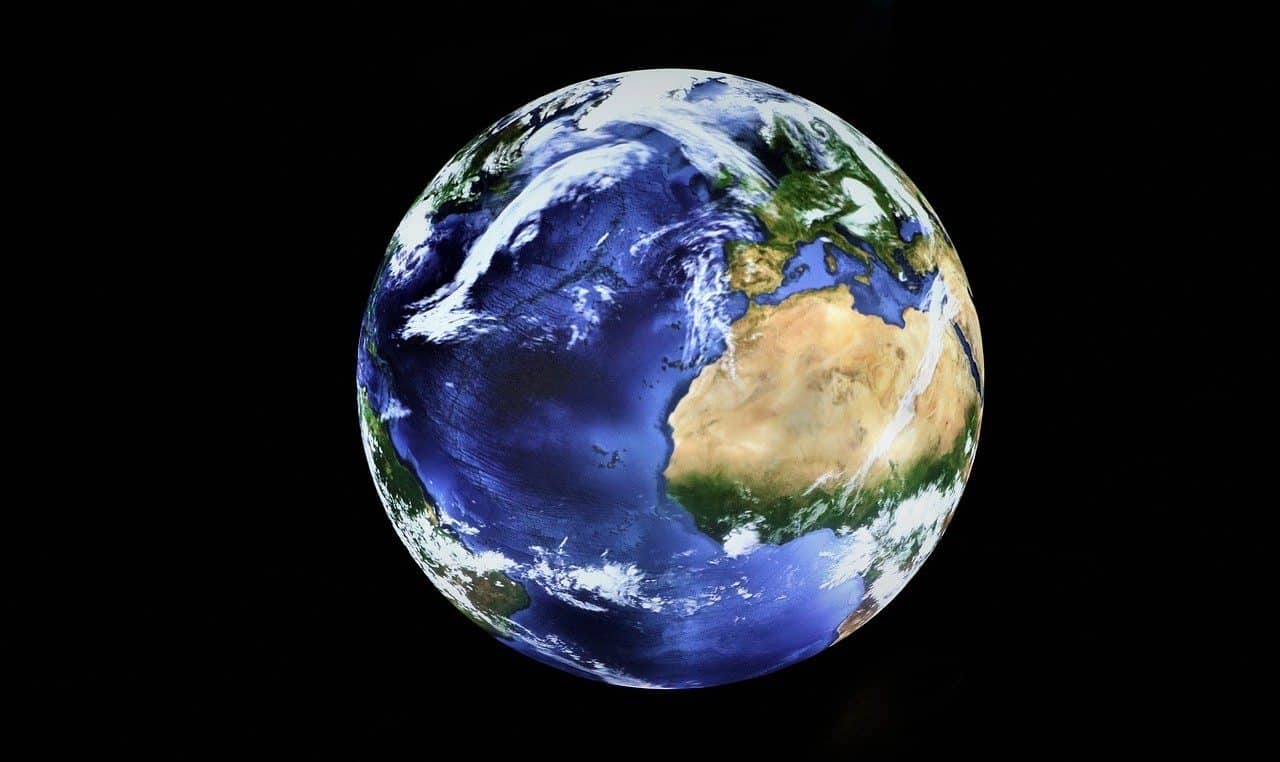
The troposphere is the atmospheric layer closest to Earth.
The troposphere is the atmospheric layer that is located closest to our planet. It is, therefore, the lower atmospheric zone in terms of altitude .
Before entering fully into the definition of the term troposphere, which can also be used with an accent on the E (and therefore without an accent), it is necessary to proceed to discover its etymological origin. In this sense, it must be emphasized that it derives from Greek, since it is the result of the sum of two nouns:
- The word tropes , which can be translated as “twist” .
- The noun sphaira , which is synonymous with “sphere” .
Features of the troposphere
Between seven and twenty kilometers thick depending on the region of the Earth , the troposphere is the thinnest stratum (with the least thickness). However, it houses all those meteorological phenomena that affect life on the planet. Rain and winds, for example, originate in this layer of the atmosphere, which, on the other hand, has the highest concentration of water vapor and oxygen.
In addition, airplanes , helicopters and the rest of the conventional aircraft that usually transport passengers fly in the troposphere. The space shuttles, on the other hand, reach other, higher layers.
Above the troposphere is a transition zone called the tropopause . This space represents the upper limit of this layer of the atmosphere . Once the tropopause is over, the stratosphere is found. In this way it can be said that the next layer of the troposphere is the stratosphere , although both are separated by the tropopause.

The Earth's temperature depends largely on the troposphere.
Regulation of Earth's temperature
Due to its characteristics, the troposphere regulates the Earth's temperature . If this atmospheric layer did not exist, the thermal variability on Earth would be very wide and life would not be possible.
It should be noted that, from two kilometers up, the temperature drops by about 6.5 degrees Celsius for every thousand meters.
Other interesting data about the troposphere
In addition to everything stated above, we have to highlight another series of interesting data about the troposphere, among which are the following:
- The boundary layer is what its inner part is called.
- In places of the aforementioned boundary layer where there are smooth surfaces, fluid winds usually exist, while, in areas with mountains and mountain ranges, the winds are much more mixed.
- The height of the tropopause depends on several factors, such as the time of day, season of the year or latitude.
- When approaching the equator, the tropopause is about 20 kilometers above sea level. However, in the winter months, for example, the tropopause is lower.
A website about air pollution
We cannot ignore either that there is a web space called Troposfera.org that was launched in 2005 and that revolves around atmospheric pollution and air quality.
In this way, it seeks to raise awareness among the population of the need to take care of the environment, both for itself and for the health of human beings themselves.
